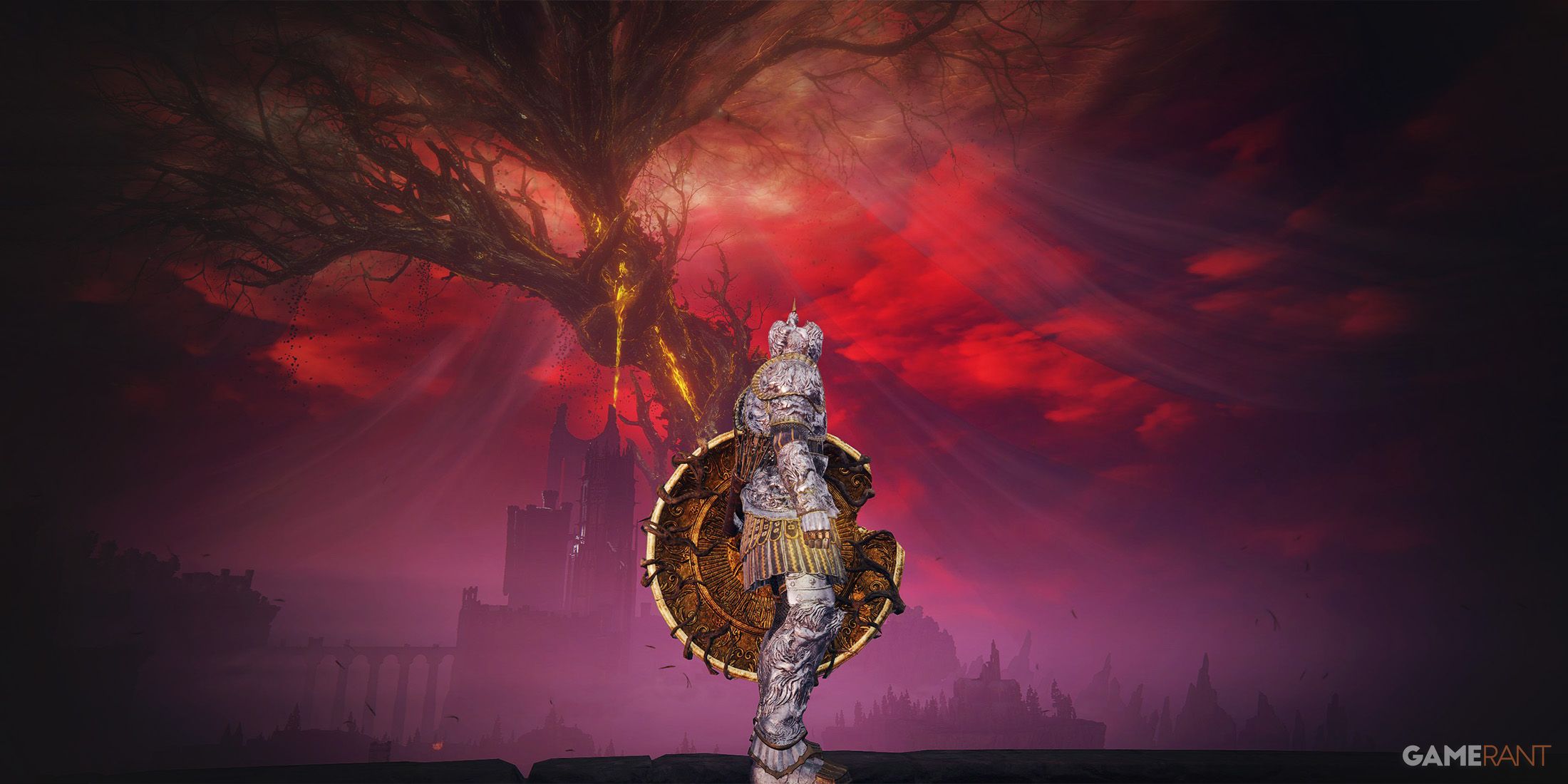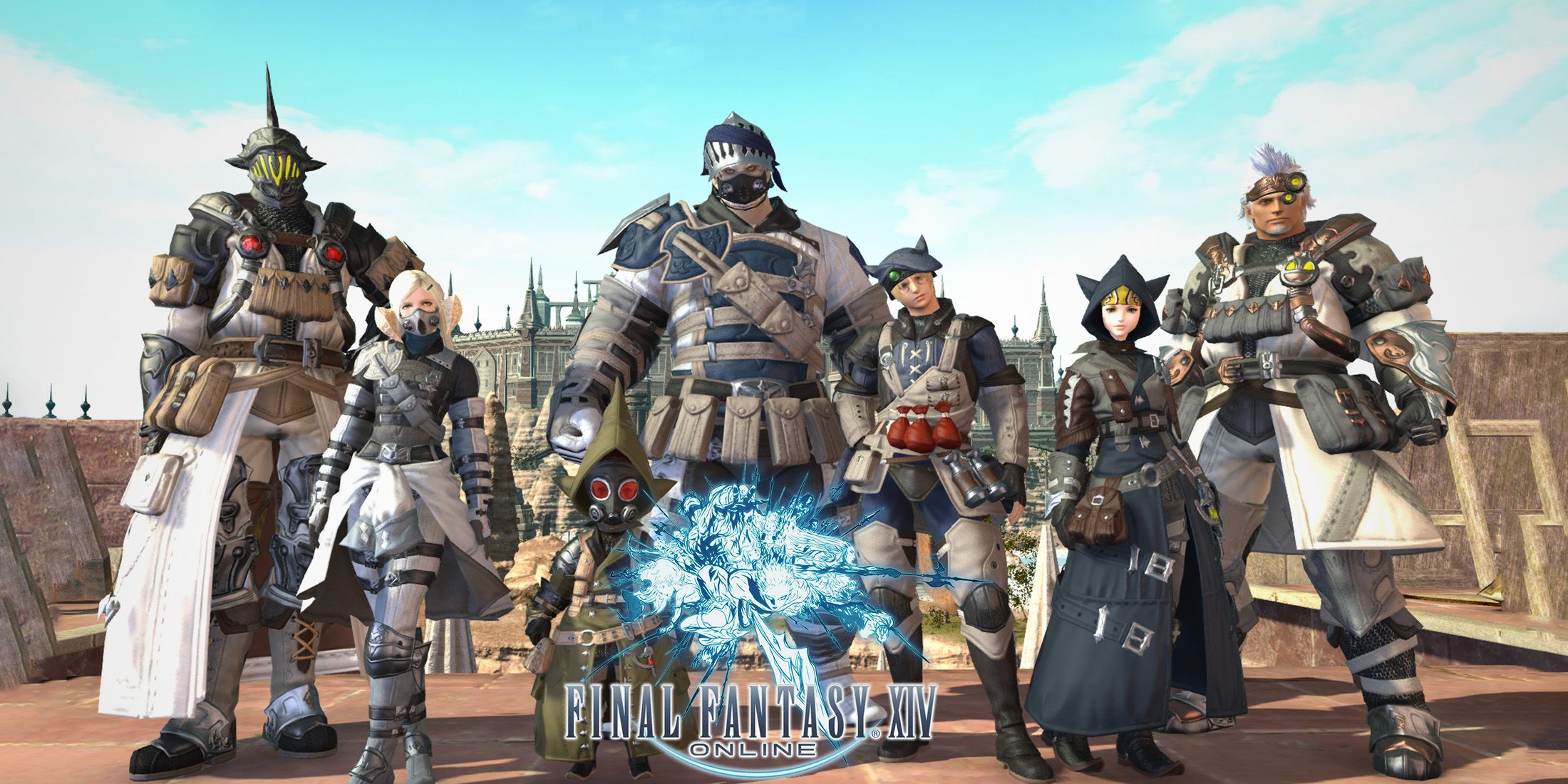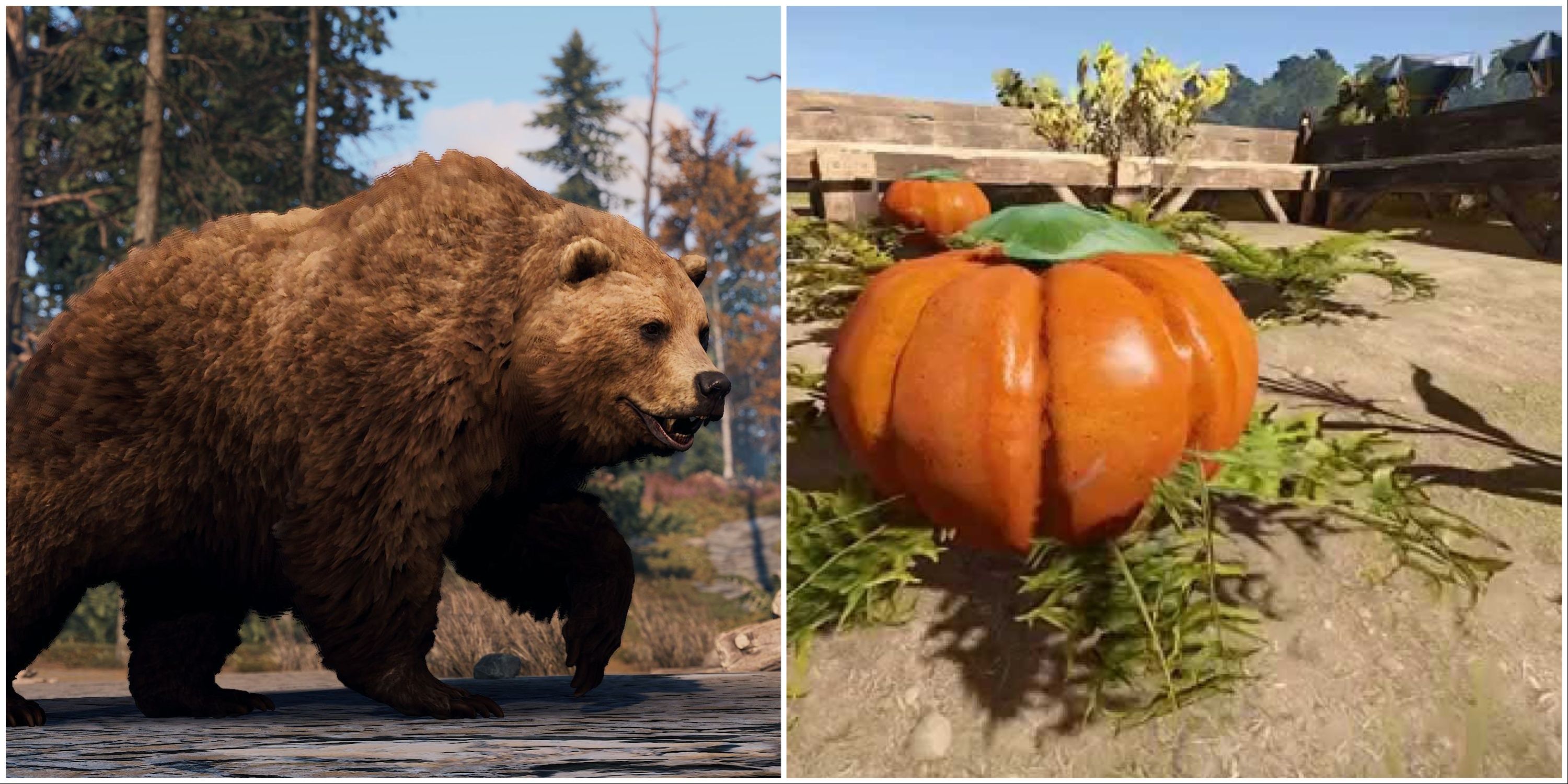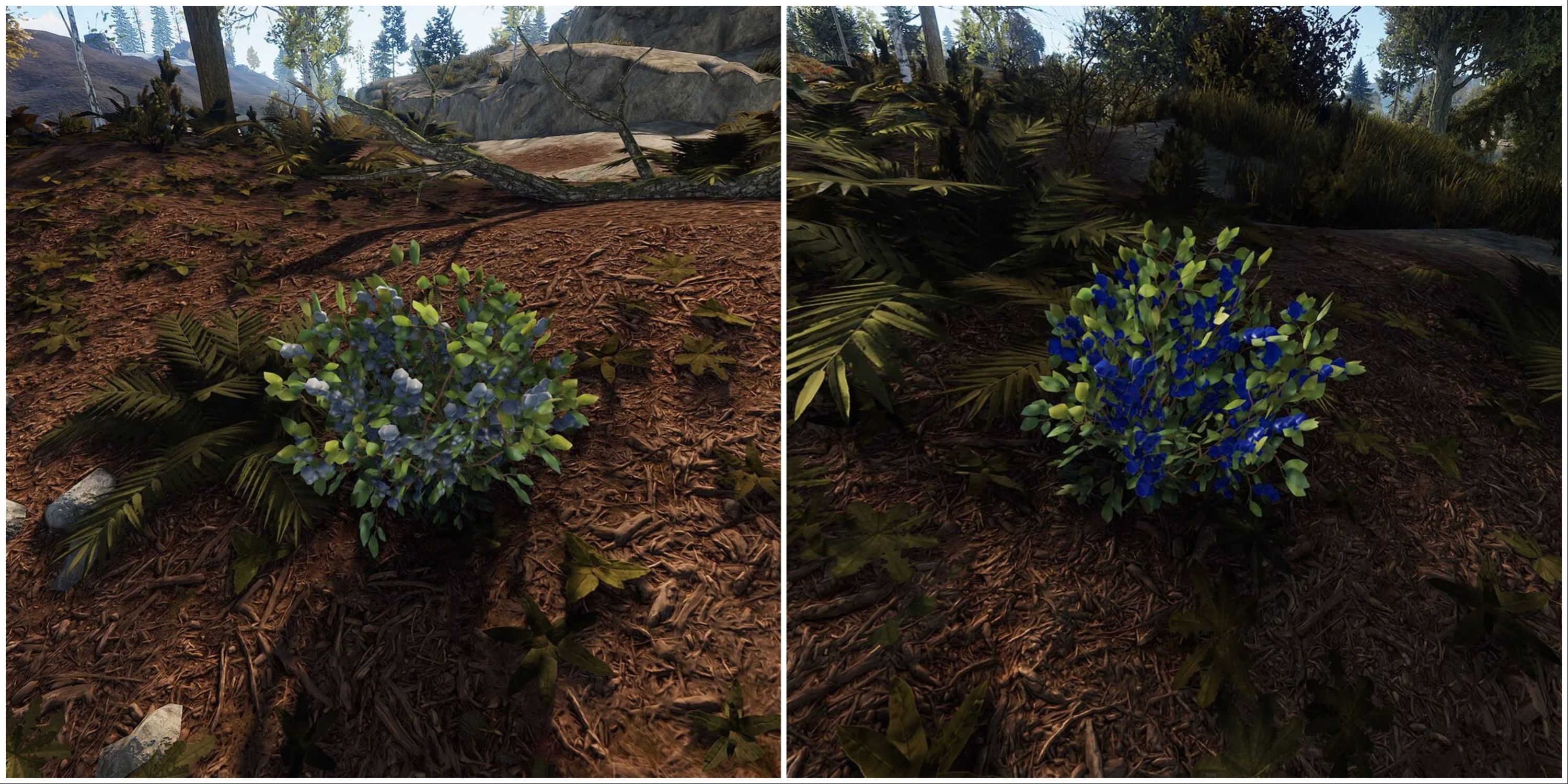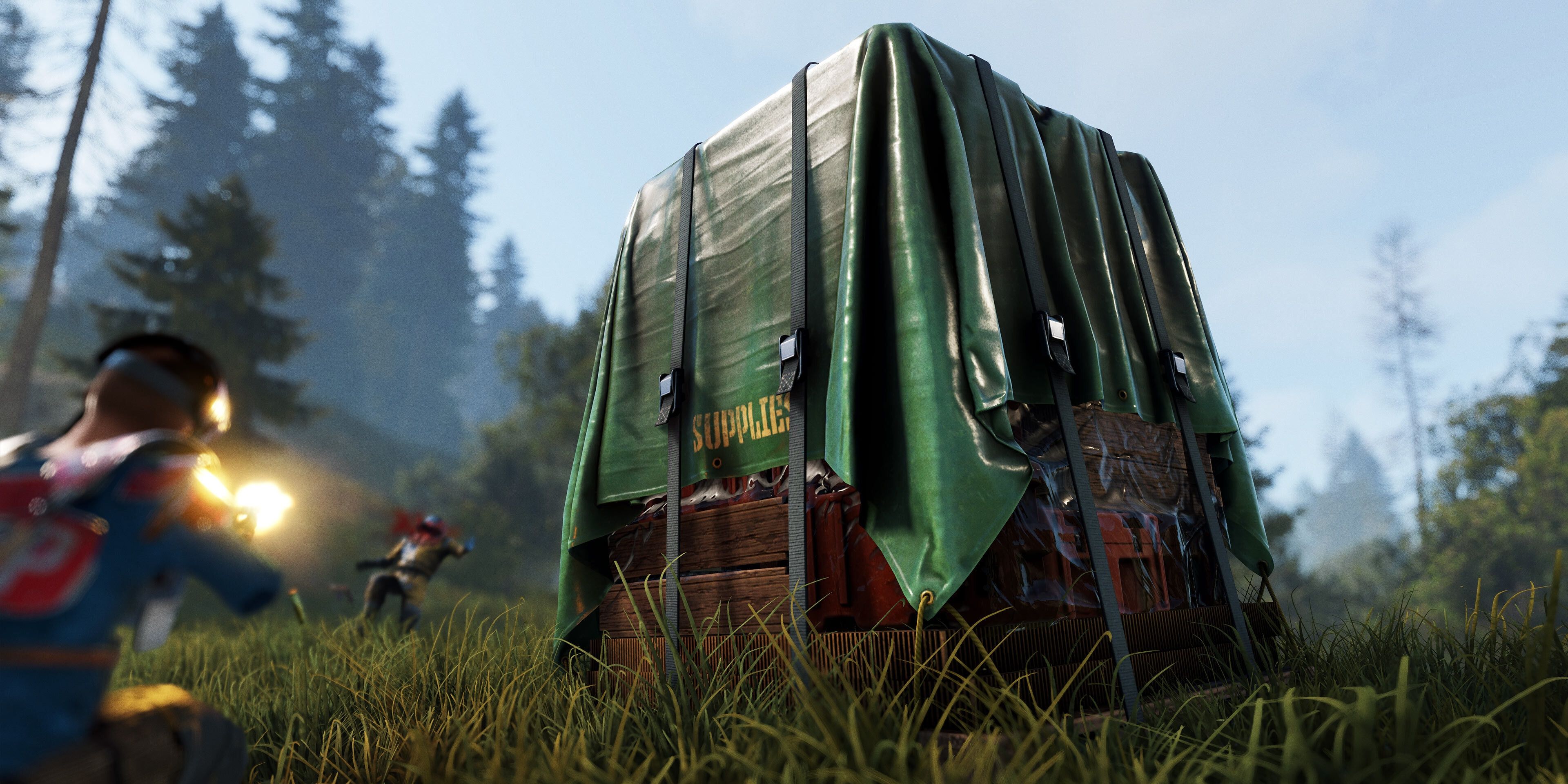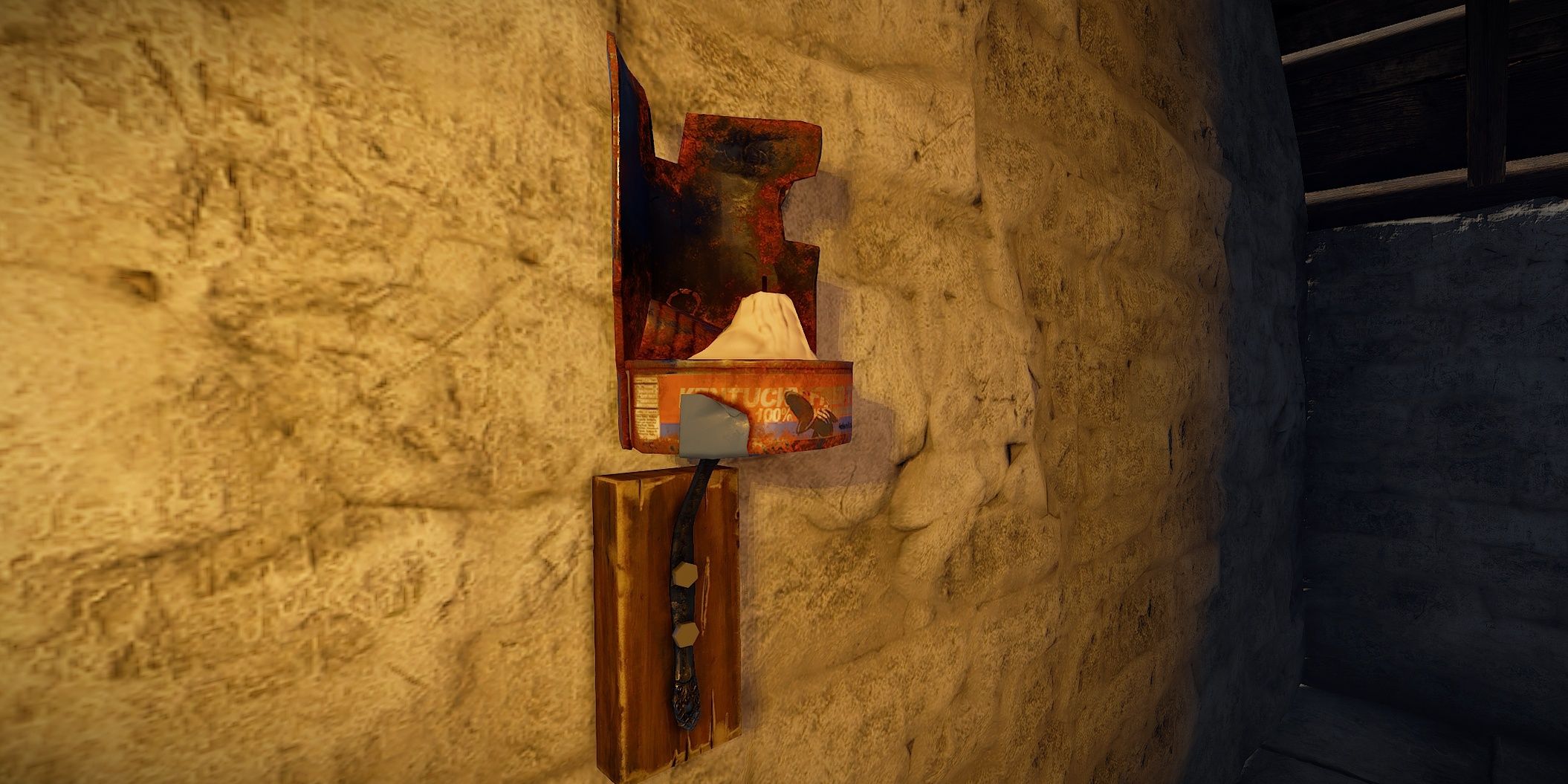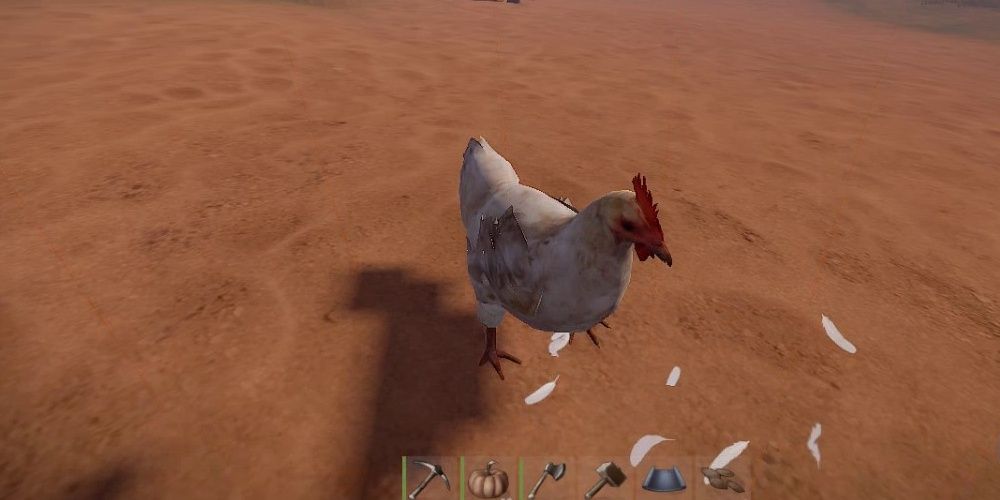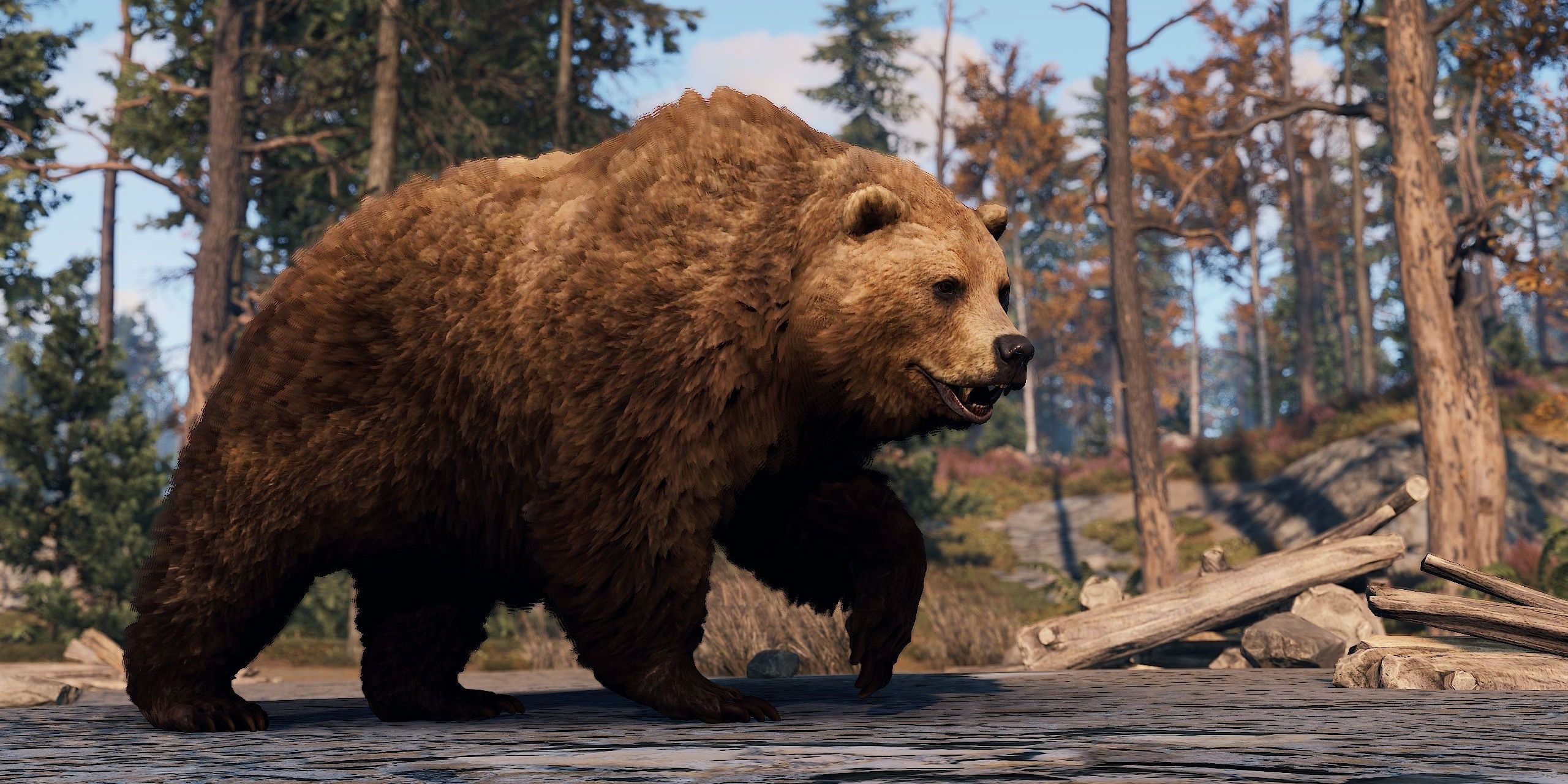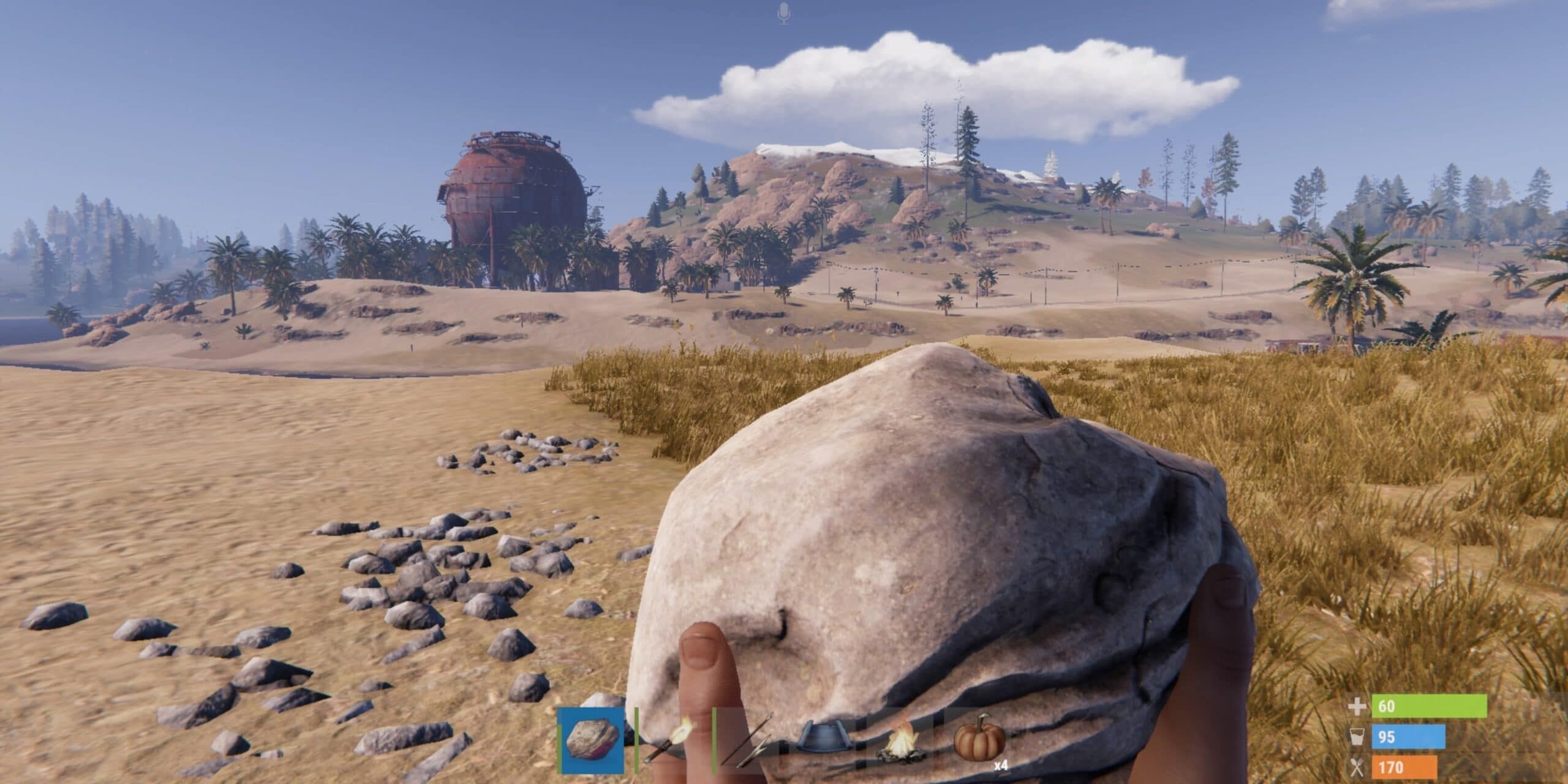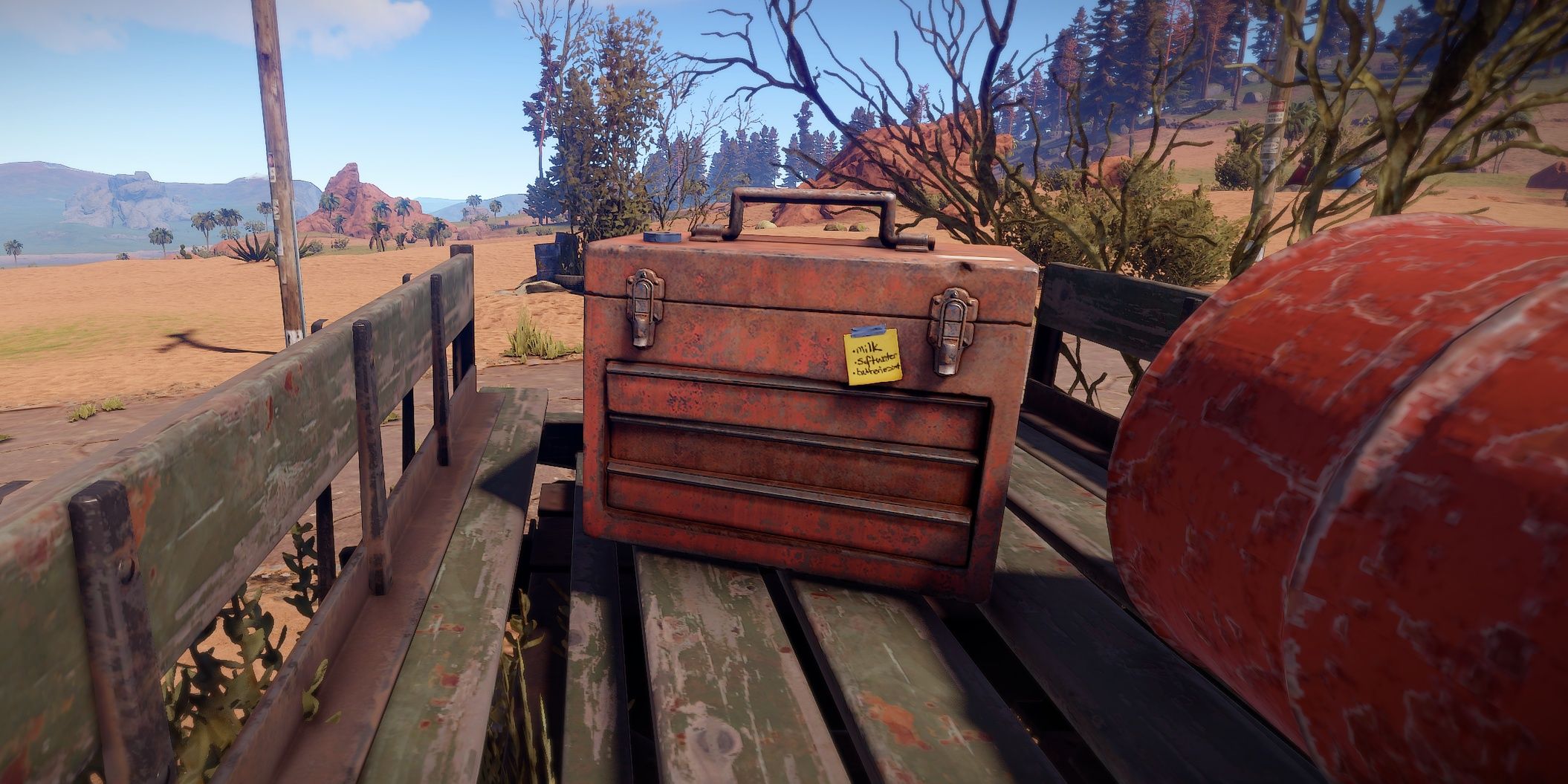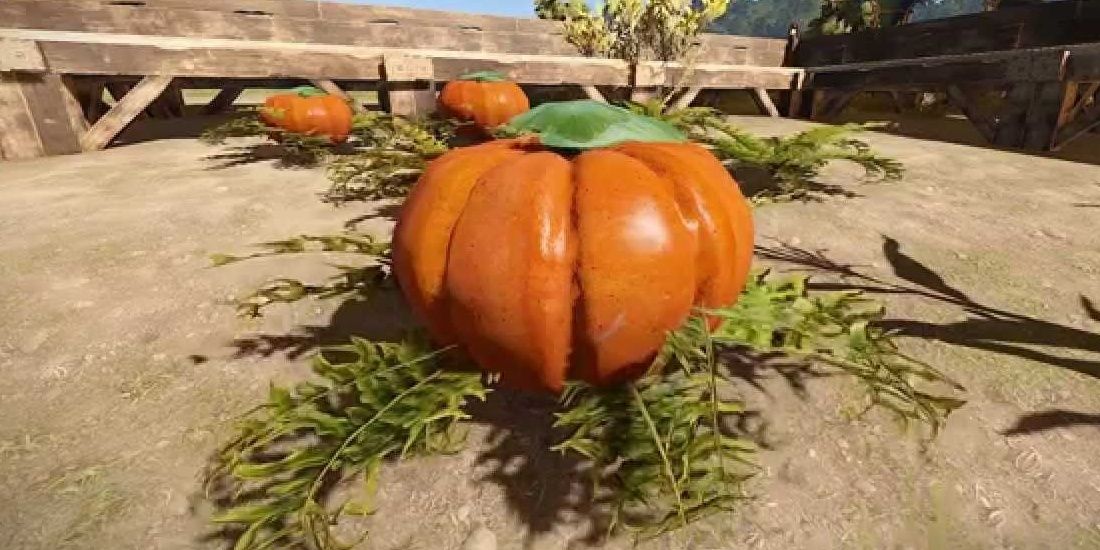Survival is a key part of Rust. Players must constantly scourge for resources, deciding what to use, discard, or preserve. In addition, they're always competing with others for these items. Depending on the value, some survivors may be willing to fight to the death. Most precious of all is food.
Consumables keep up the character's health. Rust measures that health in various stats. Of course, it includes obvious ones like calorie count and hydration levels. However, fans must also worry about health recovery, both in instant boosts and gradual regeneration. Food is instrumental to all of these aspects. Without maintaining them, players will keel over long before an enemy gets them.
8 Blueberries
While most foods are long-term gifts, blueberries are quick solutions. They don't provide any healing points for gradual recovery. Instead, they grant 10 points of instant recovery and decrease poison effects by 5 points. These small buffs are undoubtedly useful in a pinch. On top of that, their juice is a convenient water source, containing 20 hydration points. Sadly, that's where their usefulness ends.
Blueberries aren't good for much else. They only have 30 calories, which means they aren't filling by any stretch. This is perplexing since they are only accessible through supply drops and barrels. One wouldn't picture such a rare item being so insignificant.
7 Black Raspberries
Due to being in the same family, black raspberries are only a minor step up from blueberries. Many of their stats are identical. They still have 10 instant health points, 20 hydration points, and a 5-point poison decrease. They even lurk in barrels and supply drops. In the end, there's only one difference between these berries.
That distinction lies in the calorie count. Black raspberries have 40 calories. This difference is negligible in the grand scheme of things, as most players likely use them the same way as other berries. They simply buy those players slightly more time before starvation.
6 Tuna
In the same way, tuna is one step up from berries. Though it offers less hydration at 15 points, it compensates with 50 calories for every serving. In addition, it swaps the instant health for gradual regeneration, granting 2 healing points. These ultimately make it a better option.
That's especially true due to its utility and accessibility. Tuna is much easier to obtain. Players can find it buried in any trash pile. What's more is that they can keep the leftover cans for campfires, lamps, and even a compass. These give tuna a few convenient benefits beyond simple nourishment.
5 Chicken Breast
Depending on what players are looking for, this poultry can be either an upgrade or downgrade from tuna. It contains fewer calories and hydration: the former tops out at 40 while the latter only reaches 3 points. However, chicken breast absolutely destroys the fishy food with one stat.
Said stat is regeneration. When cooked correctly, chicken contains 10 healing points. It may not be instant, but it ultimately means much greater aid. Not to mention, it's easy to acquire. Players simply slaughter some chickens and cook the meat. True, they must pay attention to temperature and cooking time, but these are small potatoes given the tradeoff.
4 Bear Meat
This type of meat comes in second to chicken breast in key areas. It only grants 5 healing points and 1 hydration point. These stats aren't exactly boons, but they're not why players should eat bears.
These burly animals mainly exist here to satiate one's hunger. Each helping contains a whopping 100 calories, which should tide players over for a long while. Whether it's worth the struggle depends on how those players fare in a fight. After all, bringing down a bear is a lot harder than a few chickens.
3 Potato
Health nuts recommend eating garden vegetables, and potatoes are a fine example. Players can initially find this food in forests, and they'll soon be glad they did. Eating this food bestows 6 healing points and 125 calories. These stats make up for its measly 5 hydration points.
Potatoes also redeem themselves through their easy growth. After planting the seeds, players can harvest large batches with little effort. That's because potatoes are more resilient to harsh elements than other garden items like pumpkins. Thus, they require less maintenance. With such a low cost, the final yield seems like a steal.
2 Can Of Beans
While garden vegetables are a treat, fans shouldn't discount canned food. Specifically, beans grant 4 healing points and 100 calories. Neither attribute matches those of potatoes, but both are still respectable in their own right. Not to mention, this food comes with quintuple the hydration at 25 points. Players will find that it fills them up and quenches their thirst. Beans are the gift that keeps on giving.
That mantra also applies to before and after consumption. Players find these cans in loot crates. True, this relegates their discovery to chance, but these crates are usually just off the beaten path. Searchers should stumble on them at some point, and they'll get plenty of use out of it once they do. Like with tuna, they can recycle the bean can for campfires and other purposes. This gives both foods more wide-ranging value than their culinary peers.
1 Pumpkin
Given their size, pumpkins would obviously provide the most nourishment. Each of these massive items has 100 calories and hydrates consumers by 30 points. These are more than enough to keep players alive, but pumpkins strengthen them further with potent regeneration. The vegetable boasts 10 healing points, letting players recover just as quickly as they're hurt. In short, pumpkins outclass most other food in the game with minimal sacrifice.
That philosophy also applies to their acquisition. Players can pick up pumpkins by riverbeds or anywhere people decide to plant them. Eating them yields a seed, which hopeful gardeners can use to grow some themselves. If players water this seed after planting it, then they soon have a whole pumpkin patch. This takes care of most of their food needs. Never has there been a better incentive to get into farming.
Rust is currently available on PC, macOS, PS4, and Xbox One.

